World Fine Art Professionals and their Key-Pieces, 189 - Aat Verhoog
World Fine Art Professionals and their Key-Pieces, 189 – Aat Verhoog
On a sunny Whit Monday, I went to visit Aat Verhoog. His studio is located on the Oosterbeek Estate on the border between Wassenaar and The Hague. In this area was the famous Film Complex ‘Film City’ of Loet Barnstijn. Many buildings have disappeared, but the former technical workshop is still there and now offers workspace for artists such as Aat Verhoog.
Aat Verhoog is enjoying the sun in a low garden chair, he is taking a rest from the work of a sculpture that he is modeling. He does it in wax. We’re going in. Marcus Aurelius, a dachshund of 12 years old, looks up from his basket. “Wax is hard, but it gets soft in your hands” says Verhoog. “I model sculptures in wax, which is still easy to do. To go working with a lump of marble is a different matter.”
Diligent gilder
The statue is a head with a bird, I also saw it at a painting by him in his recent exhibition in Pulchri. When the statue is ready in wax, it goes to the bronze caster, then it becomes a bronze statue. Verhoog: “People liked the painting. Then there must also be a sculpture of it, I decided. I think I make the head of the bird of gold. I am a diligent gilder. ”
There is another sculpture to the right of us: a sculpture of Hermes, the messenger of the gods, with feathers on both sides of his crest to keep course on his flights. It goes to an outdoor exhibition at the Hofje van Nieuwkoop. “It’s probably going to be nicer there. The best thing is when sculptures are under the ground for three centuries. You must have a little patience, of course. ”
Working on well
There are two easels with work on it. On the left a work in progress, it is almost finished. A young woman putting on her blue sweater. Or does she pull it out? She has nice shoes in a checkered pattern. “To real model, those shoes are more here than in my wife’s closet. A large layer of gold will be added to the painting.” Behind more paintings. A woman on a staircase, a duck flies by. Head and duck become almost a whole. Verhoog removes some other work, and then it suddenly turns out to be a very elongated painting, with a boy with long hair at the bottom of the stairs.
Verhoog continues to work well, that is clear. He is already 84, but that does not mean anything. “Co Westerik, also from The Hague originally, he now lives in Rotterdam, is already in the 90’s. He also works well. Every now and then I see him and his new work. Occasionally there is a beautiful painting. ”
Women
How was the reception of his last exhibition at Pulchri with the title ‘Aat Verhoog nog steeds!’ (Aat Verhoog alive and kicking)? “There were many people at the opening. Max Douw opened it. He is a singer, musician and songwriter. He had made a song that he sang behind the piano. In the past, the newspaper wrote about every exhibition. That does not happen anymore, they still do it about museums exhibitions. My friends and acquaintances have seen it all. That is important to me, if the rest of mankind knows about it I do not know. ”
Verhoog loves to paint women, many young and charming women. Verhoog: “30 years ago I had my studio in the Schilderswijk. Occasionally I went to the pub of Henny Zwikker on the Hoefkade. There was often an older man there. ‘Are you a painter?’ he asked me once. To continue with ‘Sir: the most beautiful subject of painting is a naked wife. And that in real Hague slang. Then I thought: ‘Well, that’s just how it is’. ”
Caravaggio
I see the right part of a beautiful triptych that also hung in Pulchri. In the central part, a blonde woman points to a woman with black hair the hole of the door. It looks like a classic piece that could also have been made in the Renaissance under the title ‘The Expulsion of the Evil Angel to Hell’.
Verhoog: “The ladies have disagreement. The blonde points the black-haired away. ‘Voi sapete ch’ io vi amo’, You know that I have always loved you ‘. It is on a painting by Caravaggio. He died in 1610. I am a great admirer of him. That text is at Caravaggio’s painting in a score, a 16th century song about love. A grandiose painting. ”
Caravaggio was the master of the chiaroscuro. Verhoog: “Clair-obscur served for him, apart from the drama, as construction of the painting. In the Renaissance, painters discovered how much more reality was approached when the central perspective was abandoned. It was possible to look outside again. Rafael was one of those explorers. He tackled a classical theme such as Mary’s Assumption, or Christ’s Assumption from more perspectives. ”
Rembrandt
Caravaggio did that too. “He left the horizon, the painting was similar to Chinese painting. In turn you look at different figures, each figure in its own perspective. One of his most beautiful paintings is ‘The Seven Works of Mercy’. Painters often painted seven paintings before him. He does it in one painting, all scenes run into each other. There are dark pieces between the scenes. Something similar happens in the Night Watch of Rembrandt. Rembrandt has the idea of the clair-obscur of Ter Brugghen and Honthorst, Italianists, who came back to the Netherlands. I do not think Rembrandt has ever seen a work by Caravaggio. Caravaggio’s work has been in the Netherlands at the time, Rembrandt was 10 years old, lived in Leiden at the mill. I also use the decentralized perspective in my work. And I bring the parts together, as they did. ”
Lithography
Aat Verhoog is a good teacher, I notice. He also appears to have done this at the Free Academy. There he taught lithography. He started as a lithographer, he says. “I was at the Royal Academy for Visual Arts in The Hague. That was in the 50s. I visited a friend in Antwerp at a certain moment, who was a lithographer. I saw his work. ‘Jesus, I want to make lithographs!’ I asked De Hey, director of the Royal Academy, if it was possible. It was, but only in the fifth year. I did not have that much patience. I then went to the Free Academy, where Livinus van de Bundt held the scepter, he was a graphic artist. I learned to lithograph from him. From there I started painting later. When I was 70, I started making sculptures. In retrospect, I should have done the opposite.” He no longer makes graphics, he has sold his presses. “I could not do that anymore. It is too heavy a business. Many older graphic artists get problems, you have to be extraordinarily ‘hand-resistant’. It must be good and not otherwise. ”
Vermeer
Does he have key works, works that meant a turn in his work? He has it, but he has sold them, he says. These are works that show his transition from direct realism to multiple perspectives. “The direct realism, a painted picture, for example, yields beautiful things. You look like it was with ‘the view of the camera’.
Johannes Vermeer also had that view. He even worked with a camera obscura. But if you look closely, for example in the painting ‘The woman reading a letter’, you will see that there is no question of one photo view, but of three photo views. That way he could get everything together nicely in a painting. When I discovered that Vermeer could do that, I thought, ‘Yes, I’m going to complement my paintings with other elements, and still make a unity of them, otherwise you’ll get a kind of rebusses.’”
Patrick Modiano
Something that looks realistic, but on closer inspection is not, is also to be read in the books by Patrick Modiano. “I like to read it. He won the Nobel Prize four years ago. He describes events at first glance plausibly, but if you examine them they are no longer. For example, he describes that his father tried to push him under the subway and that bystanders prevented that. The story plays in the war, in ’43. Modiano felt the ring of his father in his back, he writes. The question is whether that was real. At that time many people carried their rings and watches out of sight. They had turned it half a turn. Certainly the Jews did that. Modiano is a sephardic jew. I was with a jewish friend in Saint Jacques Cap Ferrat a few years ago. I asked him: should I write a letter to Modiano? That you can not feel that ring? It wasn’t necessary, said my friend. As realistic and unrealistic as Modiano writes, I make my paintings. ”
Westerik, Andrea and Nobbe
Sixty years ago, he was 24, just out of the Academy, Aat started with his work. And now he is 84. He finds it beautiful that he has been able to be an artist all this time. He has also been a member of Pulchri throughout that time. “They made me a honorary member at the last exhibition. I got a nice placard for behind glass. And I do not have to pay a contribution anymore. I asked them ‘Why didn’t you do this 60 years ago?’ ”
Verhoog had great admiration for Co Westerik at the beginning of his career. That admiration is still there. And that also applies to the work of Pat Andrea and Walter Nobbe, artists from The Hague who worked closely together. “Nobbe, like Andrea, made great works of art, too bad that he died so early.”
Poets were inspired by the work of Verhoog. Gerrit Kouwenaar wrote ten poems about his work. Finally, a Kouwenaar poem in response to the painting ‘Blue Summer’ (1978) with a woman in a white folding chair on a pebble beach. The woman is blue, the sky is blue and the pebbles have a blue sheen.
‘Blue afternoon’
On the edge of the land and the sea
the muse lurks in her flesh
From the chaste blue of her breasts
she is dreamingly ticking her bloody morse
Under her pointed false seat
the pebbles are as big as clichés
Did she born them?
no, he died them
did she suckle them?
no, he emptied them
Did she dream them?
no, he has awakened them
did she count them?
no, he made them
does she know them one by one?
no, he knows only one
more perfect than a discourse
the pebbles of Verhoog
https://bit.ly/2OIu8xo
https://ifthenisnow.eu/nl/verhalen/de-wereld-van-de-haagse-kunstenaar-88-aat-verhoog
Disclaimer: The views, opinions and positions expressed within this guest article are those of the author Walter van Teeffelen alone and do not represent those of the Marbella Marbella website. The accuracy, completeness and validity of any statements made within this article are not guaranteed. We accept no liability for any errors, omissions or representations. The copyright of this content belongs to Walter van Teeffelen and any liability with regards to infringement of intellectual property rights remains with the author.

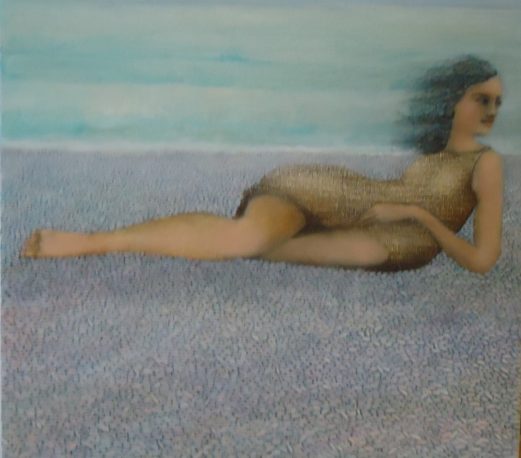
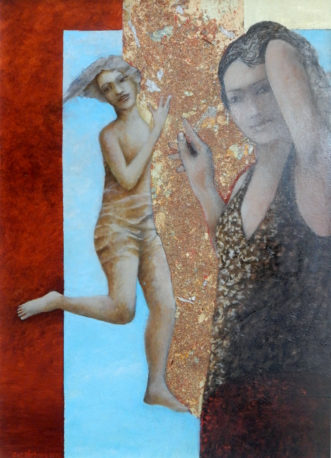
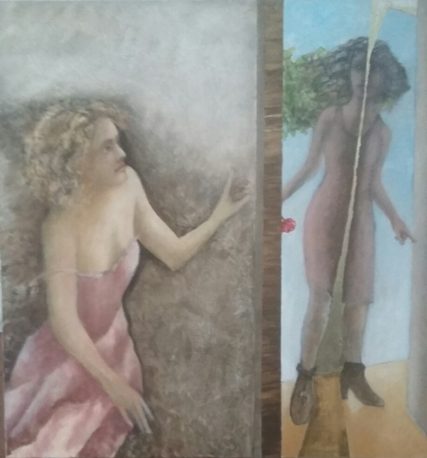
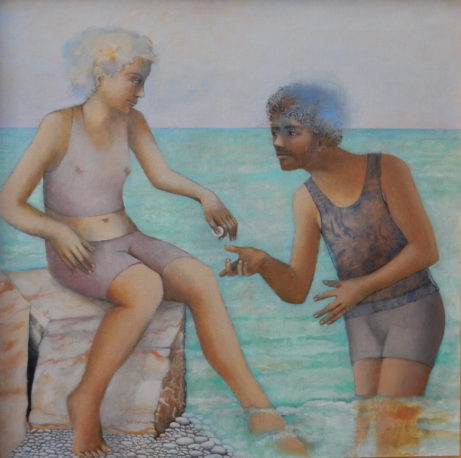
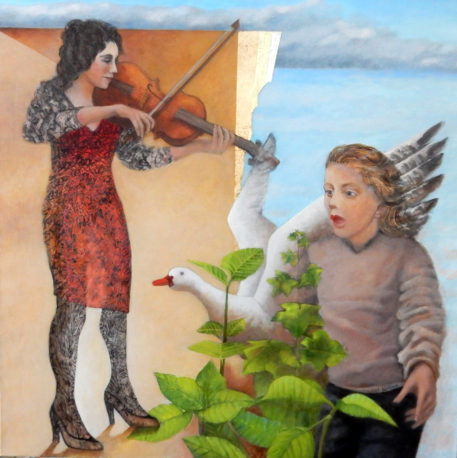
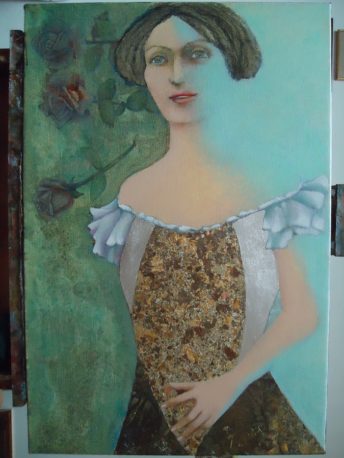
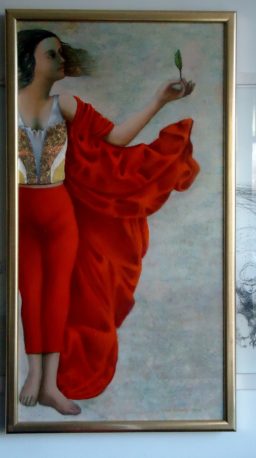
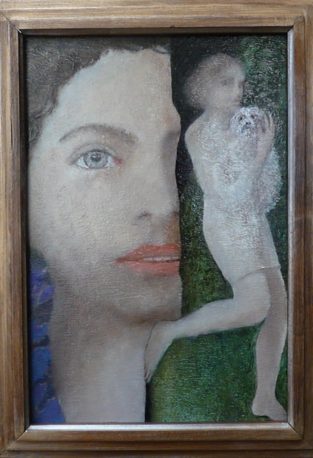
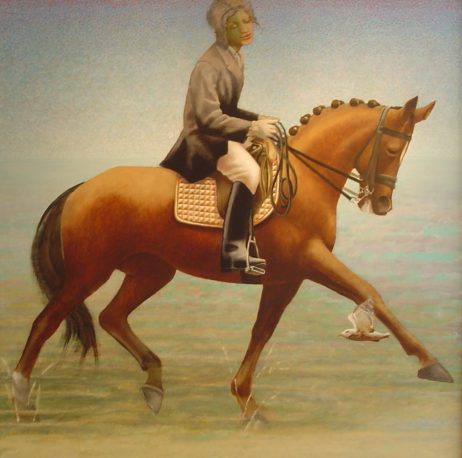
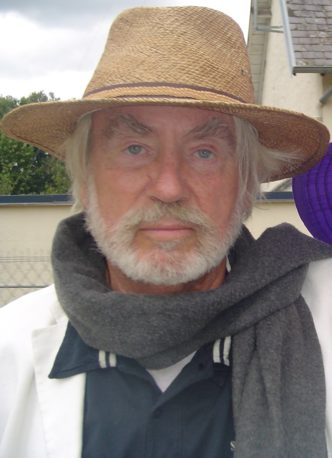














The opinions expressed by individual commentators and contributors do not necessarily constitute this website's position on the particular topic.